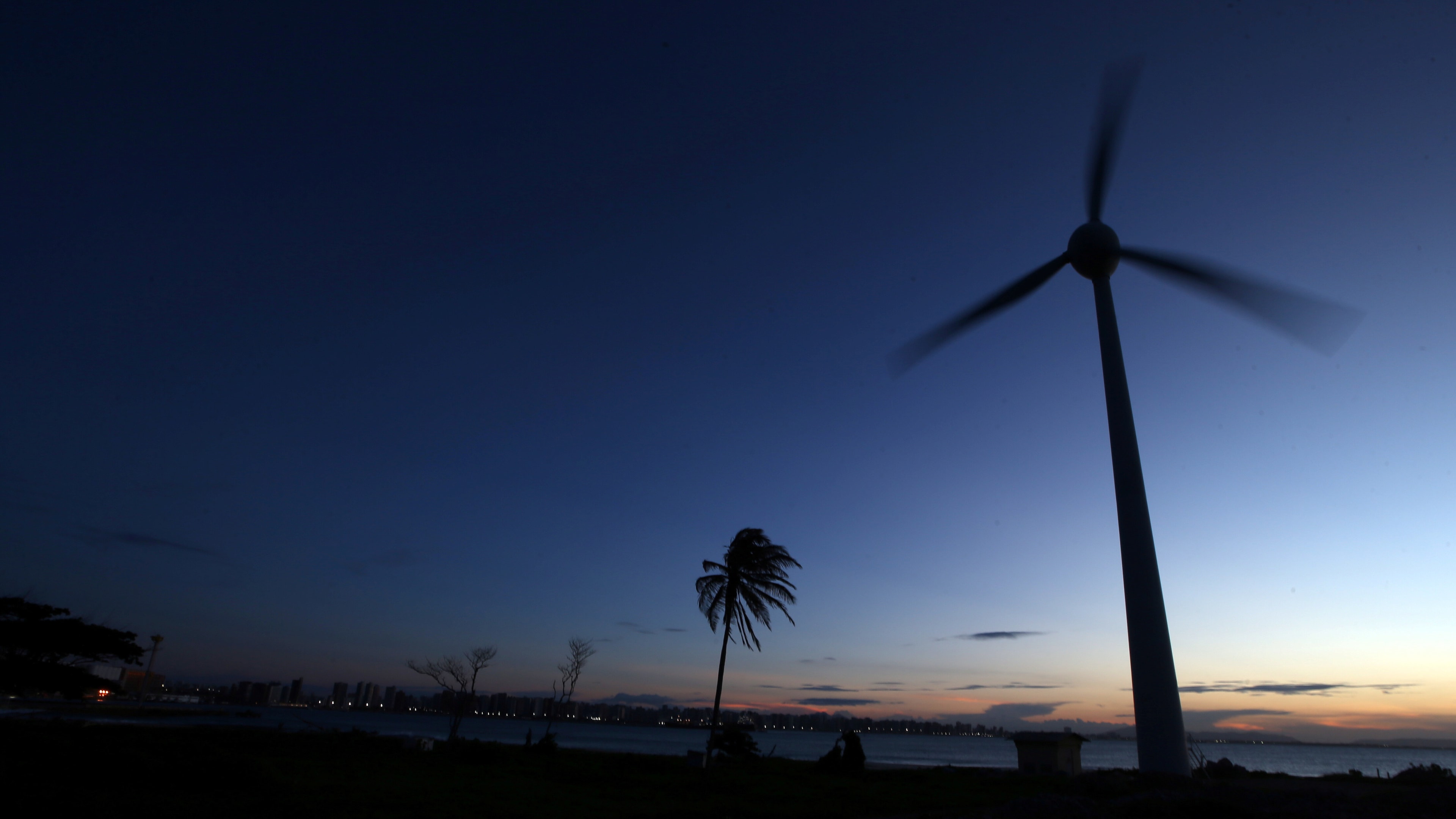Germany is trying to rescue its fabled forests from climate change

German forests are vital in reducing CO2 emissions.
Image: REUTERS/Borja Suarez
Stay up to date:
Germany
Germany’s forests are in a bad way. Two summers of extreme heat and a plague of pests and timber diseases have reduced their area by the equivalent of 200,000 football fields. Now the government has promised to take action to help restore them to health.
Forests have a special place in the hearts of Germans. “For Germans, the forest poses nothing short of a landscape of longing, the epitome of protective nature,” writes Dieter Borchmeyer, Professor Emeritus of Modern German Literature at the University of Heidelberg.
And, of course, they play a vital role in combating rising levels of CO2 in the atmosphere, absorbing 62 million tonnes every year in Germany – equivalent to 7% of the country’s carbon emissions. But their role as guardian of the nation’s environment is under threat.
Climate change is at the root of the problem. Storms, droughts, heat waves and wildfires have been compounded by an infestation of beetles and the spread of harmful fungi. Most at risk are traditional woodland species such as spruce, beech, ash, Norway maple and sycamore.
What is the World Economic Forum’s Sustainable Development Impact summit?
Protecting woodland
Forests cover almost a third of the German landscape, although that figure has fallen recently amid the driest conditions in 50 years. Agriculture minister Julia Klöckner says the future of the nation’s forests is under threat.
“Only if everyone unites will we manage the mammoth task that lies ahead of us – to save our forests not only for ourselves but for future generations,” she recently said.
There is disagreement about what to do. Foresters want to introduce new species able to cope with climate change like Douglas firs and Northern Red Oaks, but ecologists warn of the risk to forest ecosystems of introducing alien species.
Europe is home to 5% of the world’s forests – 182 million hectares – which cover 43% of the EU’s land area. The European Commission earmarked €8.2 billion ($9.1 billion) to reforestation and protecting existing woodland between 2015 and 2020.
In the 10 years to 2015, Europe’s forests grew by the equivalent of 1,500 football pitches every day, thanks to conservation and reforestation. In Scandinavia, forests used for wood pulp production expanded by an area the size of Switzerland.
What’s the World Economic Forum doing about deforestation?
Shrinking forests
Around the world, the picture is less positive. The Worldwide Fund for Nature says Earth is losing its forest cover at the rate of a football pitch every two seconds. It says 10% of all man-made greenhouse gas emissions are caused by deforestation, much of it due to illegal logging.
Last year, an area of rainforest the same size as Belgium was lost, according to the charity Global Forest Watch. The greatest loss was in Brazil, where forest fires and clearing for agriculture reversed a trend of reducing deforestation over the previous eight years.
The UN’s Food and Agriculture Organization says there are signs of hope, however. Although the area of the globe covered by forest decreased from 32% to 31% between 1990 and 2015, the rate of loss has slowed and more forests are now being managed sustainably.
Don't miss any update on this topic
Create a free account and access your personalized content collection with our latest publications and analyses.
License and Republishing
World Economic Forum articles may be republished in accordance with the Creative Commons Attribution-NonCommercial-NoDerivatives 4.0 International Public License, and in accordance with our Terms of Use.
The views expressed in this article are those of the author alone and not the World Economic Forum.
Related topics:
Forum Stories newsletter
Bringing you weekly curated insights and analysis on the global issues that matter.
More on Climate ActionSee all
Lim Chow-Kiat
August 21, 2025
Tom Crowfoot
August 20, 2025
Charlotte Edmond and Rebecca Geldard
August 19, 2025
Yufang Jia and William Jernigan
August 18, 2025
Jürgen Karl Zattler and Adrian Severin Schmieg
August 18, 2025
Piyush Verma
August 18, 2025








